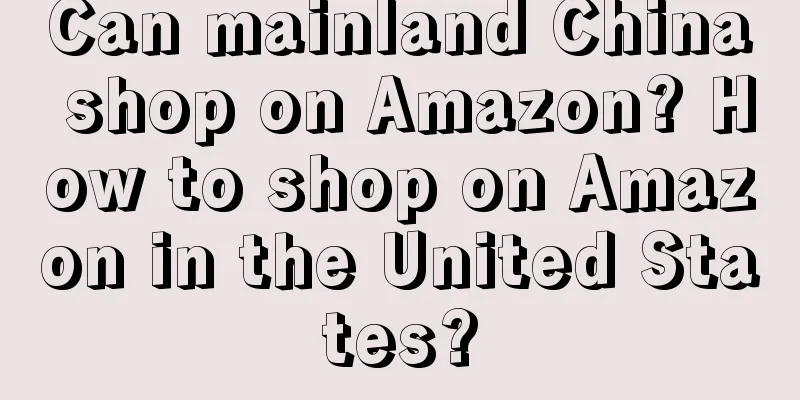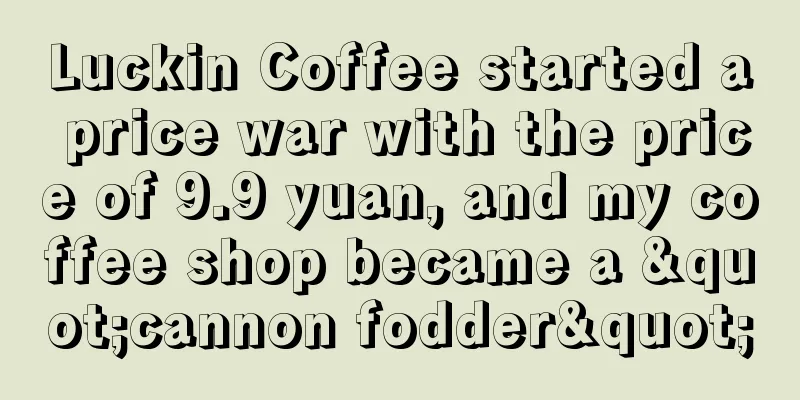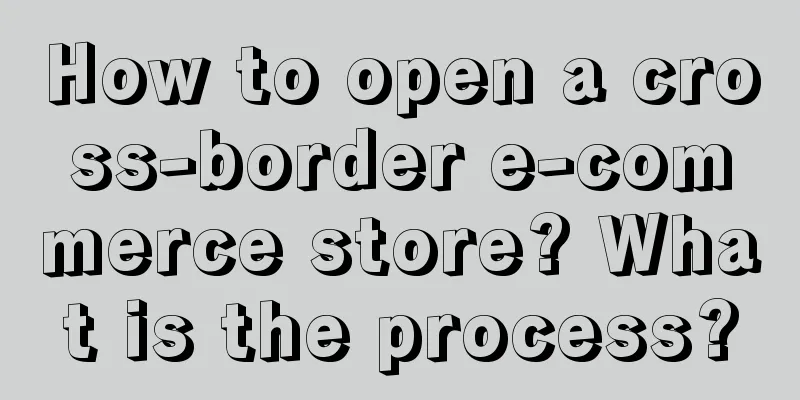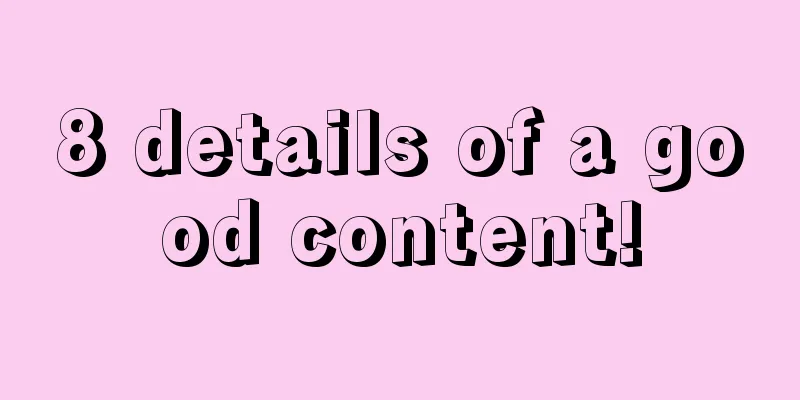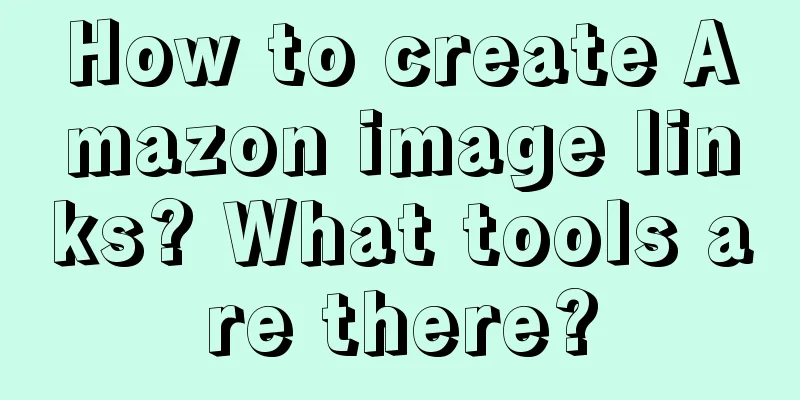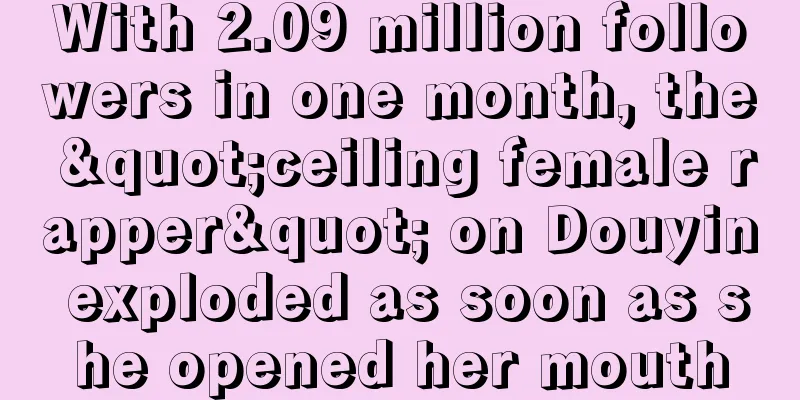The thinking and formation process of strategy, a must-read for planners
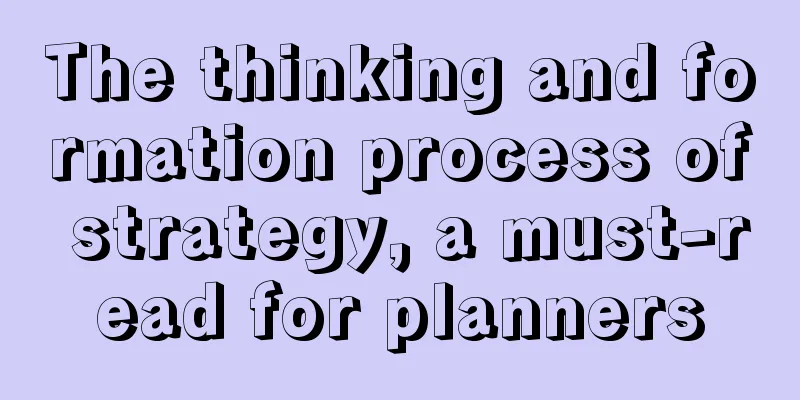
Previously in the article “Planning, what to do and how to do it”, I talked about the work of planning, which is to find a path with a goal, and the core is to formulate a strategy. We have also talked about strategy, which is a solution provided for enterprises to achieve certain business purposes or strategic goals. In simple terms, strategy is how to solve problems. At the same time, it is also mentioned that strategies are divided into strategic thinking and strategic conclusions, and strategic conclusions are the best solutions after strategic thinking. First of all, what do you think when you see this title?
And if you are thinking about these questions, then congratulations, it means that you already have a strategic way of thinking. In the previous article, it has been said that strategic thinking and strategic conclusion are two different stages in the strategic process. Strategic thinking refers to "a complete thinking and analysis process from understanding the current situation, setting goals, to determining the best solution", and strategic conclusion refers to "the best solution obtained after analysis". Therefore, this "solution" is the strategy, or to be more precise, the strategic conclusion. In normal contexts, when people ask you what your strategy is, they are usually asking about the conclusion. "Solution" is aimed at a certain purpose, so it plays a guiding and planning role, and is the direction and blueprint for subsequent actions. Usually, this solution must at least answer the following questions, which can be expressed using the 5W2H analysis method:
Of course, strategy is the result of thinking before action, but no one can guarantee that it will be 100% accurate in practice and that the results will be 100% in line with expectations. Therefore, it is also necessary to evaluate and correct the action in a timely manner after it is carried out. This is what we often call review. How to describe it? It's like checking the weather forecast before going out, so that you can dress comfortably and be prepared. However, no one can guarantee 100% that it won't rain or not rain that day. But there is no doubt that the weather forecast is still the most scientific one so far. Therefore, just like checking the weather forecast before going out, it is something that everyone has to do every day. From the perspective of the enterprise, in order to ensure that they are prepared and achieve their expectations, what the enterprise needs to do is to think about strategies. As mentioned before, an important feature that distinguishes humans from other animals is meaning, that is, purposeful activities. This kind of purposeful activity requires thinking before taking action. This thinking process is what we call planning, and planning is similar to the mechanism behind weather forecasts, which can lead to action strategies. However, at this time, strategy does not guarantee the success rate of action. Similar to weather forecast, the efficiency and effectiveness of charlatan and weather forecast are different. The latter is definitely better than the former. When it comes to work, how well the strategy is formulated depends on people's ability and method of strategic thinking. We have talked about planning before. Let’s talk about it in detail here: Planning is to achieve a certain goal and is based on certain investigations, research and analysis. Planning includes macro strategies and specific tactics and requires analysis and creativity, that is, logical thinking and lateral thinking abilities. Planning means doing things right and formulating strategies - that is, creatively finding solutions to achieve goals. Strategies include macro-strategies and specific tactics. Strategy guides the direction of action, and tactics control the blueprint of action. So, what is the planning method here, or how to think about it? First of all, when we think, we must focus on a specific object, such as organization, enterprise, brand, product, communication, etc. Secondly, when thinking, we should have a sequence of priorities, from the outside to the inside, and pay attention to the essence of the problem. For example, in the previous article, the reason why the things mentioned in the example are not selling well is the price. Deeper thinking is about value issues. As for the thinking about a specific object, I call it the planning cycle process - Where are we now – why are we here – where can we go – how do we get there – do we get there – where are we now… This is because when we answer the questions at each stage, we inevitably have to re-examine the previous question. And in terms of thinking, there is also a cycle—— Discover - Problem - Analyze - Hypothesis - Explore - Develop - Execute - Test - Discover… Next, an example is given: 1. Thinking process of brand strategy1. Where are we now
2. Why are we here?
Here, there are two considerations:
3. Where can we go?Where do you expect to go?
Where will it actually go? If we consider:
4. How do we get there?
We need to accurately define how various communication tools will play their roles to help achieve marketing goals, because we need to think about the role that advertising plays for different target consumers. For example, among the current user groups, there are stratified states: those who have purchased/used the product, those who have used it but have not explored the brand, and those who used it for the first time but did not repurchase. For lost users, the role that advertising plays is different depending on the reasons for loss. For example: For those who habitually forget, advertisements need to remind them, especially to remind them of the satisfaction and pleasure they get when using the product. For those who prefer other brands, advertising needs to encourage them to change their attitudes and overcome their prejudices. Marketing activities to encourage them to try the brand again can be carried out for these users. 2. The thinking process of advertising strategyWhere are we now – what do consumers think now – and how do they view us versus other competing brands?
This is a bit difficult to understand, let me give you an analogy. Advertising is like a marriage proposal process. The purpose of marketing is obviously to "marry" the brand and the consumer, and the purpose of advertising is to make the consumer consider marrying the brand. Advertising is a conscious act of impressing and promoting in this process. Eg: Zhang San’s advertising strategy for Xiao Mei—— First of all, who am I? ——Brand definition Zhang San is a promising young man, honest, down-to-earth, and average looking; but he is kind-hearted, helpful, knowledgeable, and has a bit of a sense of humor but not in a boastful way. Secondly, who is Xiaomei? ——Target consumers Xiaomei is 26 years old, lives in Shenzhen, has a college degree, and earns about 10,000 yuan per month. She is tall, sophisticated, likes reading romance novels, and likes housework and traveling. She has a good balance between quiet and active. Her view on love is still quite romantic. In fact, she is also looking for a suitable partner. She often gets emotional because of the plots in romance novels and feels sad because of the stories of the male and female protagonists. She believes that there is true love in the world and there is also a prince charming. Furthermore, there are two opponents? - Competitor Analysis Dahui lived next door to Xiaomei. They had known each other for several years and he often ran into Xiaomei in the morning or evening. As his name suggested, he was tall and strong, good at making friends and dating. Meimei had a good impression of him, but she didn't trust him very much because he seemed to be a playboy... Brother Xiao Yang, Xiao Mei’s new colleague, is young, has the same hairstyle as Cai Xukun and is thin. Although they just met, Xiao Mei has a good impression of him and they can talk to each other every day, but they don’t know each other well enough, and Brother Xiao Hui hasn’t done much either… So, where am I now? —Consumer perspective "Brother Dali, I know him, he's a very macho guy, a little silly, very nice to me, very enthusiastic, but he can't speak to me well." "Both Xiaohui and Zhangsan are good, but Xiaohui is more handsome, while Zhangsan is more mature and stable." Changing your view of Zhang San - where do you want to go? "Does Zhang San like me too? I think he's great, why didn't I know this before? I should consider him." Getting Xiaomei to accept Zhangsan - How to get there
In addition, when doing strategic thinking, you can use some thinking tools. 1. Reverse thinking method, also known as the if method You can make sentences using "What if we...?", that is, analyzing the risks and opportunities we face by assuming changes to certain conditions and rules, which can help us break the inertia of thinking. You need to let your thoughts roam freely, even if not too wildly. In fact, new ideas always come from unexpected places. For example: What if we re-examine our target consumer groups (business sources, users)? What if we narrow the scope of competition? What if we broaden it? What if we focus on early adopters? What if we focus on buyers instead of users? What if we abandon current users? Let me add here that the buyer and the user are often not the same person. For example, Melatonin is bought as a gift; training courses are bought by parents and used by children... There is a lot of knowledge involved. For example: What if we re-examined the authenticity of the product or advertising claims? What if we focused on the emotional level rather than the product features? What if we emphasized the negative aspects of consumers' lives? What if we found new evidence that the product category has been over-promising? What if we took advantage of our position as a non-leading brand? For example: What if we re-examine our own appeal? What if we exaggerate the benefits or attitudes? What if we try to please consumers too much? What if we don’t have this brand? What if we change the tone of communication? 2. Self-questioning method, also known as metacognitive method There are two main ways for humans to learn from the outside world, that is, to acquire knowledge: one is to look for answers in the past, through one’s own or others’ experiences, or knowledge imparted through books and other media; the other is to think in the present, which is an act of rediscovering one’s existing experiences and knowledge. The memory mechanism of the human brain has so far remained at the stage of neuron research. If experience and knowledge are not applied or processed again, they will easily be forgotten, but thinking will not. People who like to think are always eager to know more, are not satisfied with the experience and knowledge they are told, and are willing to find their own answers. This behavior can also transform knowledge into insight. The self-questioning method is such a mechanism, which is to ask yourself questions. I often say that if a question is asked well, half of the problem can be solved, because asking questions itself is the process of sorting out and finding information to solve the problem. The so-called thinking is actually asking questions and finding answers. The skill of asking lies in whether you can find information to solve the problem. There are two types of questions. One is a limited question, which is similar to a question with a "yes" or "no" answer. The other is an open-ended question that requires back and forth thinking. Back and forth thinking can sort out and obtain more new information, which will be more valuable and the answer will be more detailed. For example, the use of 5W2H is also a template for asking questions. For example, marketing strategies are something that companies cannot avoid, but what is marketing? There is a definition, so how do you think about marketing? The definition of marketing is too official. Let me translate it. The purpose of marketing is to create satisfaction for the target objects. The tools are products/services or creativity. Before satisfaction is achieved, the marketing mix elements must be used. The whole process must be well planned and fully implemented to achieve the goal. Then we can think about this definition itself——
3. Brainstorming It refers to a group of people or one person using their brainpower to do creative thinking and come up with a large number of ideas to solve a problem in a short period of time. It does not require a large number of people and can be done by one person. There are a few things to note:
For specific methods and implementation steps, you can go to Baidu. 4. Mind Mapping The mind map method can be regarded as a brainstorming method for yourself, which can help you generate ideas. After all, it is possible that you are in the dilemma of having no ideas. This method is particularly helpful for exploratory thinking and letting your mind wander. This is what I do, often while others are in meetings, and I am brainstorming. Usually, an original idea is placed in the middle of a piece of paper, and then new ideas are thought of in various possible directions, creating connections and associations between different ideas, and it is better to use visual tools to assist. It can constantly stretch your thoughts and prompt you to find the most meaningful path. Just like the thoughts on price in the previous article. If the current topic is "increasing sales", then we can attract new consumers to use the product, so we can do awareness marketing, word-of-mouth marketing, or use digital technology for fission and distribution; we can also reduce user churn, so we need to establish brand loyalty... We can also get existing consumers to use the product more, so you may need to get consumers to increase the frequency of use, expand and strengthen the output of more consumption scenarios, or add new functions to the product, etc... As smart as you are, you will definitely think about improving your competitiveness and getting users of competing brands to switch to you. So what should you do? |
Recommend
How many sites does Shopify have? How to choose products?
After opening a store on Shopify, sellers can sell...
Where is the entrance to Amazon Seller Central? How to enter?
For Amazon merchants, there is a lot of informatio...
How to write a new product promotion plan on Amazon? What are the tips?
There are more and more merchants opening stores o...
The paid “game within a game” of a short drama worth hundreds of billions
Short dramas are popular recently, but viewers hav...
How to add variations in Amazon backend? What functions does the backend have?
As the world's largest e-commerce platform, Am...
What should I do if Lazada delivery time exceeds the limit?
When shopping on Lazada, you may sometimes encount...
What does it mean to do reviews on Amazon? What are their uses?
As the Amazon platform continues to grow, more and...
Short dramas in Japan: Preferred to be refined rather than rough | Focus on international short dramas ①
The Japanese micro-short drama market is developin...
How many chances do I have to apply for an Amazon store? Is stealing images from Amazon a serious problem?
For merchants who are trying it for the first time...
What is a reasonable conversion rate for Shopee? How to improve the conversion rate for Shopee?
Shopee, like AliExpress, is a popular cross-border...
What does foreign trade inventory mean? How to deal with it?
Foreign trade refers to foreign trade, which can b...
Can I appeal if Amazon recalls my product? What are the countermeasures?
Every platform has products that are not allowed t...
How to fine-tune the layout of Xiaohongshu keywords
In the decentralized Xiaohongshu space, search is ...
How does eBay charge? Introduction to charging standards
If you want to open a store on eBay, you must firs...
Xiaomi and Huawei's new battlefield: a billion-dollar battle for the short drama market
Xiaomi and Huawei, two giants, have recently taken...



